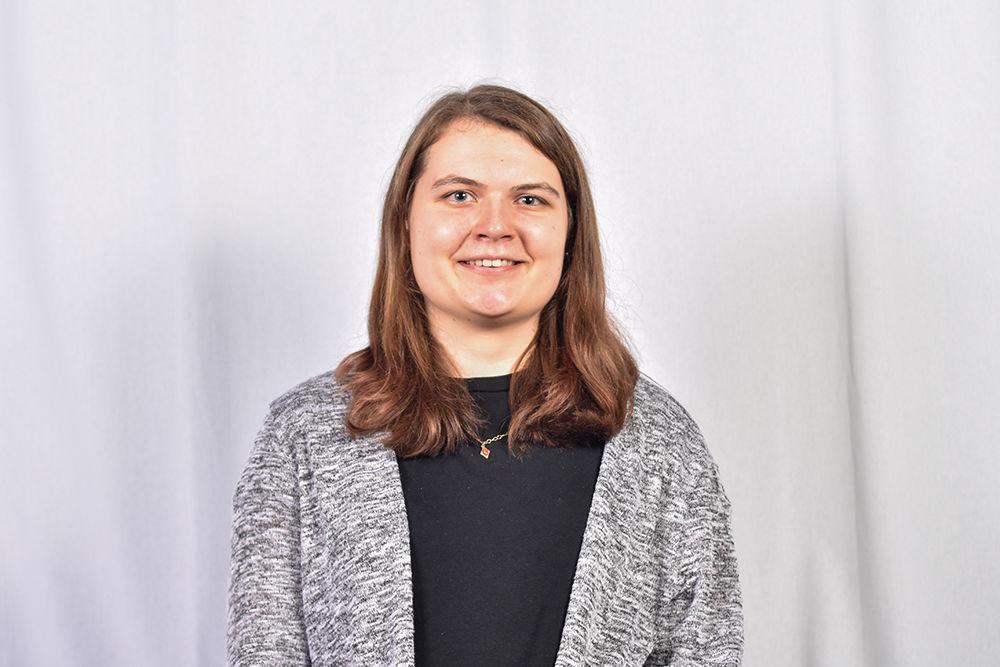
Skye Sarac Headshot
As part of a response to the growing awareness of police brutality after the murder of George Floyd—an unarmed Black man who died at the hands of four White police officers—as well as several incidents of bias and racism that have taken place on our campus, the Office of Institutional Equity and Diversity (OIED) released a statement promising to address issues such as “bigotry, harassment, and discrimination” and commit to “doing better going forward.” While I commend the OIED for their commitment to addressing long-standing issues and working towards inclusivity and acceptance, some of the programs they plan to implement sound a little too familiar.
I remember watching the series of Alcohol and Drug prevention modules my freshman year, which were required for all incoming students. I noticed that after completing these trainings, I had absorbed very little knowledge, and today, I cannot remember a single piece of information from the program. Of course, alcohol abuse and blatant racism are two very different concepts to learn about, but the fundamental idea is the same: Sitting down and passively absorbing information is a lot different than actively going out and implementing these concepts in the real world.
Of course, my example of the alcohol training is anecdotal and may not be the same for everyone, but there have been studies which back up the idea that practical experience supersedes learning information the traditional way. According to a study conducted by the Wharton School of Business, using online tools to teach people the fundamentals of diversity and inclusion can be effective, but only to a certain point. Essentially, their findings suggest that embracing a “growth mindset” and actively working to embrace individual differences is much more impactful than simply learning about diversity to meet a specific target or achieve a specific outcome.
Creating true inclusion and teaching people the most effective ways to recognize bias and integrate diversity into their personal and professional lives will take a lot more than just clicking through a series of modules. Some research has suggested that learning by doing, and actually practicing what you learn, is more effective than simply learning information. In a college environment, this could look like attending workshops, joining meetings for clubs you’ve never been to, talking to new people or saying something when you notice injustice.
Some companies suggest that cultivating a sense of belonging among employees of all cultural backgrounds can actually have a more positive and long-lasting impact than teaching employees about diversity. As college students, we have the unique opportunity to engage with people from a variety of cultural backgrounds on a daily basis.
Through being more intentional about these interactions and actually taking the time to get to know and listen to people who come from different backgrounds than we do, we can start to build long-lasting relationships and eventually create a more inclusive and welcoming campus environment.
To be able to truly understand our own biases and take concrete action to change them, we need to actually go out into situations that make us uncomfortable. According to Rupert Nacoste, a psychology professor at NC State, this can be as simple as going up and saying “hi” to someone you’ve never met before. At NC State, there are plenty of ways to talk to new people; we have four campus community centers, as well as a plethora of ongoing events which provide the opportunity to connect with new people, and many of these are going virtual to accommodate social distancing.
While an online training program can give us the foundation we need to recognize biases and become competent in concepts related to diversity, the only way to create permanent change is to go out and address these biases in the real world, and then actively work to change them.